Capital: Nairobi
Superficie: 580.367 km2
Inhabitants: 47.600.000 inhabitants (2019)
Population density: 82,02 inhabitants per km2.
Languages: The official languages of Kenya are Swahili and English. In school, these two languages are learned while the mother tongue is considered to be already learned at home. Of these we find several, such as Masai, Luo, Samburu… To learn more about Swahili, you can read the following article here.
Currency: The country’s official currency is the Kenyan Shilling (KSH). At the change, 1 euro is 127 KES. You can look at the current change, in the following link.
Clima:
Road driving: The roads in Kenya are generally in good condition. The main problem is driving, as there are very reckless, high-speed overtakes that can easily endanger you. The main road from Mombasa to Nairobi is always full of heavy trucks (think Mombasa is the main port in East Africa), making it difficult to overtake on the many climbs you will encounter along the way. The Masai Mara area, the roads to get to the park are dirt. And inside the park, you will have to watch out for the different crossings and paths where you may need to use the 4×4. In the northern area, the roads are in good condition, paved and with less vehicular traffic. And, heading west, the Nairobi-Nakuru-Kisumu Road (Lake Victoria) is a good road but it is also full of matatus and trucks that with reckless overtaking cause you to always have to be on the lookout for the vehicles you have to drive in front of you and also the ones you have behind.
Internet / SIM card: Kenya is a country where we find good mobile coverage, except for different points such as the Mount Kenya area. We bought a SIM card from the company Safari with a 5GB pack that cost us 1,100 shillings, with the card included, that is, about 8.70 euros in exchange.
Visa: If you want to visit Kenya as a tourist, you will need a visa that you can process online at the following link. The cost of the visa is 50 USD for a duration of 30 days. Anyway, there is also a visa that you can process online and it is known as the East Africa Visa, which costs 100 USD and allows you to stay in the following countries for 90 days: Kenya, Uganda and Rwanda. To get it, you will have to process it in the first country you enter. That is, if you want to visit Kenya after visiting Uganda, for example, you will need to process the East Visa at the Ugandan immigration department.
Budget: In total, we spent 48 days in Kenya and spent a total of 1,458.80 euros per person. Included here are flights to Lamu, a two-week stay in an apartment at Diani Beach while we waited for the car, and tickets to national parks such as Lake Nakuru or the Masai Mara that are not as expensive as neighboring Tanzania. Here’s a breakdown of all the expenses in Kenya:
WHAT TO SEE IN KENYA?
Lamu is an archipelago located on the north coast of Kenya. It is a UNESCO World Heritage Site for being considered the oldest and best preserved settlement of Swahili culture. In Lamu, the life is different. There you can tour the old town of Lamu Town full of narrow streets, enjoy the fantastic beaches of Shela and Manda, talk to the locals and experience their hospitality, watch the sunsets from the dunes of the island, visit the ruins of Takwa and walk through one of the most charming islands in East Africa. If you want to get to know Swahili culture, Lamu is a must stop that will surely not disappoint you.
2.- MOMBASA AND THE COAST OF KENYA
On the coast of Kenya you can enjoy very interesting activities and experiences: Mombasa, the ancient capital of Kenya, is a frenetic city that has been a refuge for many cultures (Portuguese, Arabs, Indians and Swahili). This mix has given a lot of life to the city, with its tuk-tuk and a charming decay of one of the most important historical cities on the east coast of Africa.
Watamu is a tourist town in the north of Mombasa with endless beaches, a marine park with a lot of species, mangroves that coexist with the tides in a must-see place such as Mida Creek, and the ruins of Gede, one of the most well preserved from the Swahili world.
Wasini Island, considered “Lamu’s little sister” is known for its proximity to Kisite NP, a marine park with coral reefs and where you can see dolphins in the wild. If you want to enjoy one of the best snorkels you’ve ever done, the Kisite NP is a must stop. On Wasini Island you won’t find any motor vehicles and you can stroll among its baobabs perched on the cliffs, walk along the coast at low tide, watch sunsets with Tanzania on the horizon and live the kindness and hospitality of its people.
And finally, Diani Beach, one of the quintessential places in Kenya. With over 20 kilometers of white sand beach, walking there is one of the little pleasures you can’t miss if you travel to Kenya. Be sure to visit the African Pool and Tiwi Beach, and keep in mind the tide schedule so you can swim and unwind between beaches, palm trees and water.
3.- AMBOSELI NATIONAL PARK
Located next to the Tanzanian border, Amboseli is a national park where you can enjoy a large number of elephants and the majesty of Kilimanjaro, the highest mountain in Africa located in Tanzania. During clear sky days, you will be able to see the silhouette of one of the most special mountains in the world as you observe herds of elephants walking around you. It is the territory of the Masai tribe and, therefore, a place where you can delve into its culture and learn more about its history.
Mount Kenya is considered the second highest mountain in Africa. Surrounded by other peaks, if you want to climb to the top you will have to count that you will need 3-4 days with carriers. If you want to enjoy it in a more relaxed way, we recommend that you walk to Lake Ellis, located at 3.455 meters above sea level, on an excursion where you will enjoy stunning views, shades of green that will leave you captivated, few (or nothing) tourists around you and a twinning with nature that will not leave you indifferent.
Located in northern Kenya, between Isiolo and Archer’s Post, we find one of Kenya’s most beautiful landscape reserves. Divided into 3 different parts separated by a river, you can see different animals following the shore where leopards stand out, if you are lucky. In addition to lions, buffaloes and elephants, you will find animals specific to this area, such as the reticulated giraffe, Gebrys zebras and Beisa oryx. It is an area with a dry climate where the high temperatures and extreme droughts of recent years have caused some shepherds to enter the reserve in search of pasture for their animals, causing various problems that are difficult to manage. In this area where the Samburu tribe lives, you can also take an excursion to Mount Ololokwe, a mountain considered sacred by the people there, and where you can enjoy fantastic views of the whole region.
In this private reserve located near the town of Nanyuki and at the foot of Mount Kenya you can see, if you are lucky, the big five: lions, leopards, elephants, buffalo and rhinos, among others. It is a space for the conservation, preservation and protection of different animals where you can see the only specimens of white rhinos in the North of the world, and where they try to maintain and increase again different endangered species such as black rhinos. There are currently around 115 rhinos, making Ol Pejeta one of the largest sanctuaries of this type of animal in East Africa. Also, it is the only place in Kenya where you can see chimpanzees. A very pedagogical and interesting visit to learn more about this space for the preservation and conservation of animals.
7.- KERICHO AND THE TEA PLANTATIONS
Kenya is the world’s largest exporter of tea and the world’s third largest producer. Therefore, it is essential to make a stop in the Kericho region to learn more about everything that revolves around tea. Located at an altitude of about 2.000 meters, there you will see large plantations growing in undulating terrain with a wonderful green color. You will experience a warm tropical climate where the rain is present almost every day. You will be able to walk among the tea trees and see how they collect their leaves manually, and even know how to process it and how to pack it before it is exported to Europe and Arab countries. A different and little-known tourist experience of one of Kenya’s main crops.
Lake Nakuru is a national park that stands out for the presence of flamingos, pelicans and birds. You can also find hippos and herds of buffalo approaching the water to cool off. In addition, it is one of the few places in Kenya where rhinos can still be seen in the wild. It is a small park where we find a species of native giraffe, and where it will be difficult to see lions and leopards. It will all depend on how lucky you are that day on your journey. What you will not find will be the elephants, which do not live in Lake Nakuru. Surrounded by different villages and the city of Nakuru, the great floods of recent years have caused a considerable increase in water level by flooding one of the entrances to the park and damaging some of the trees around the lake. It is a beautiful first stop to see a national park before entering the tops such as the Samburu or the Masai Mara.
The Masai Mara is one of the most impressive safaris you can do in Africa. It borders the Serengeti of Tanzania, giving rise to one of the most beautiful spectacles of nature such as the great migration of wildebeest and zebras that cross the border and the Mara River in search of better pastures during a time of year. It covers a wide expanse of African savannah inhabited by families of lions and cheetahs, cheetahs, leopards, herds of elephants, buffaloes, giraffes, hippos, crocodiles and large groups of herbivores, among others, which live in freedom apart from and Mara river bank. There, you will be able to see them in action during their day to day, feeding, playing, fighting, resting and walking through the different spaces of the Masai Mara. Territory of the Masai tribe, the reserve is divided into 2 parts: the Mara Triangle (the only place where you can sleep in the park) and the eastern area of the Mara River. You will need more than one day if you want to visit the different areas of the Masai Mara as, like the Serengeti, its extent is immense. It is one of the essential places to visit if you go to Kenya where there will be many moments when you will be impressed by the wildlife you will find there.
Lake Victoria, considered the second largest freshwater lake in the world, is a lake inhabited by the Luo tribe and is surrounded by 3 countries: Kenya, Tanzania and Uganda. In the Kenyan part, you can visit different islands like Rusinga, Mfangano or Takawiri where the local people who live mostly live from fishing. All the local life revolves around the water, and there you will see fishermen working with their nets, people washing clothes and showering on the shore, children going for water with bottles in the lake and a quiet and relaxed atmosphere. Lake Victoria, one of the most iconic lakes in Africa for 19th-century explorers and one of the births of the Nile River (in the Jinja area of Uganda), is perhaps a fairly unknown destination in Kenya, but that it is well worth a visit for its people and for all the beauty that hides there.
Kakamega Forest is the only preserved area in Kenya of the tropical nature reserve that crosses all of Africa, from Guinea to the Indian Ocean through the Congo. Located in the west of the country, it is a rather unknown option in terms of tourism, but very nice to travel where you can do different excursions such as the circular route to the Yala River or the sunrise and sunset from Lirhanda Hill while you walk and contemplate a multitude of trees around you, many butterflies, different species of birds, baboons and monkeys. It is a tropical forest, so it carries good shoes and a good raincoat for intermittent rains and storms.
12.- MOUNT SUSWA
Mount Suswa is a volcano located in western Nairobi. Territory of Masai tribe, is a good excursion to realize from the capital of the country. This volcano, located at about 2.400 meters, has a unique double crater and several lava caves with some animals such as baboons. The panoramic views that are obtained from the different hiking options that are there are spectacular. You will need to book a guide to the area in order to visit Mount Suswa, which is about 130 kilometers from Nairobi.
13.- LAKE TURKANA
Turkana Lake is located in the north of the country, right next to Ethiopia. Also known as “the jade sea”, its waters fill a depression in the Rift Valley set amid deserts and rocky hills. From the middle of the lake, one of the most perfect volcanic cones in the world stands out: Teleki. A lake with a large presence of crocodiles, on its shore coexist different tribal groups such as the Turkana, Samburu, Gabbra and El Molo that make the visit a great anthropological introspection on one of the most inhospitable places in the country and humanity.
14.- NAIVASHA, HELL’S GATE AND MOUNT LONGONOT
Located a short distance from Nairobi, they are different natural spaces that can be enjoyed in a relaxed way. Lake Naivasha is the highest lake in the Great Rift Valley which is characterized by an ecosystem with a wide variety of birds and an inland island (Crescent Island) where different herbivorous animals coexist and where some of the scenes of Memories of Africa. Hell’s Gate is a natural park that has this nickname of “Gates of Hell” due to the great geothermal activity in the area, with a large presence of geysers and hot springs. And finally, Mount Longonot is a volcano that has a very well identified crater where you can make an ascent and contemplate fantastic views from above.
15.- MAGADO CRATER
This crater is located on the road from Isiolo to Wajir, on the border with Somalia. It is a crater where there is the only lake in the country where its waters have different colors, such as red or green. The evaporation of the lake gives rise to a palette of different colors throughout the year and also to the collection of salt between the different villages that share this space such as the Meru, the Boran or the Somalis. A really unique place but where security must be monitored due to its proximity to the Somali border. Therefore, it is highly recommended to go there with a local guide to enjoy the descent into the crater and the different colors of its waters.

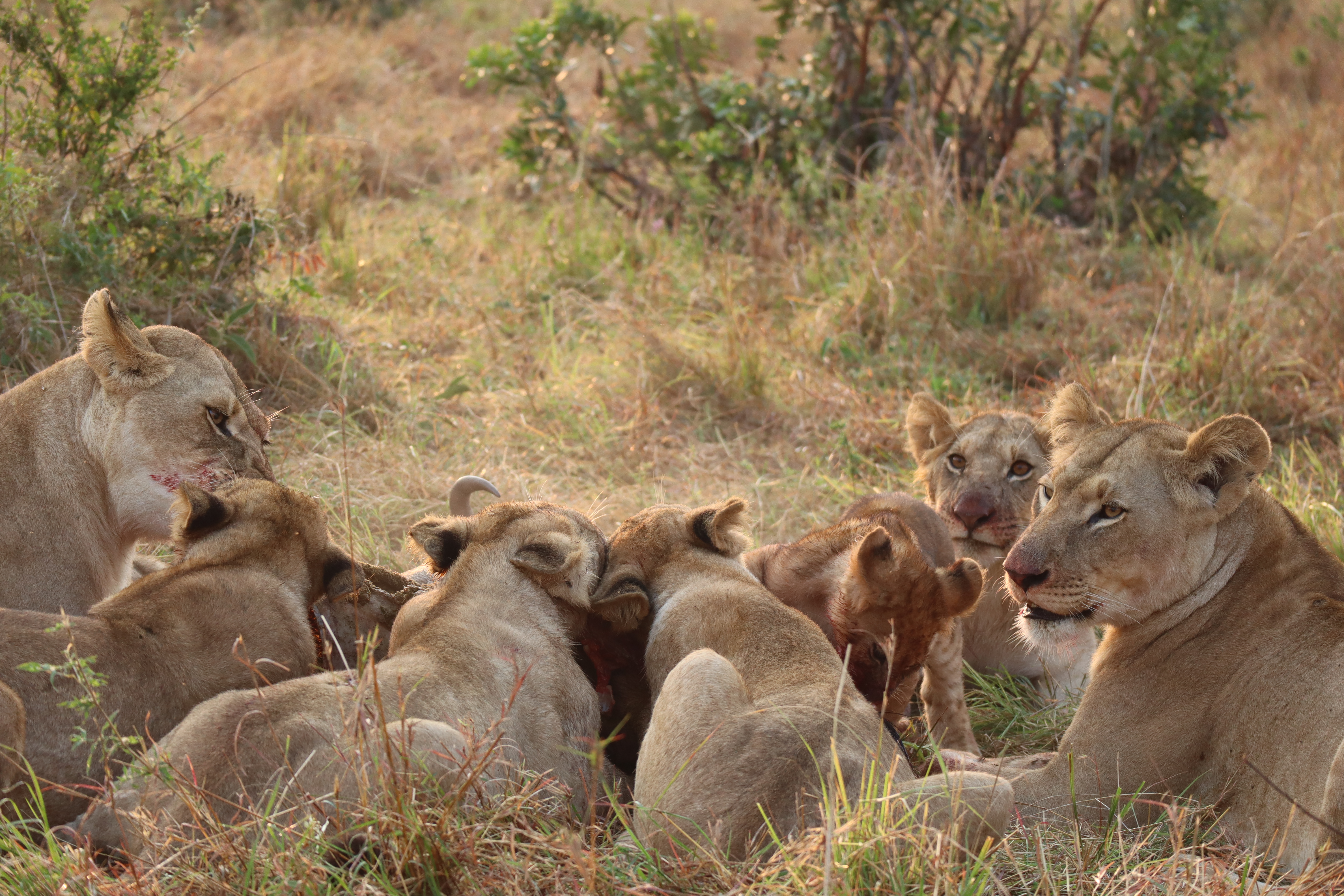



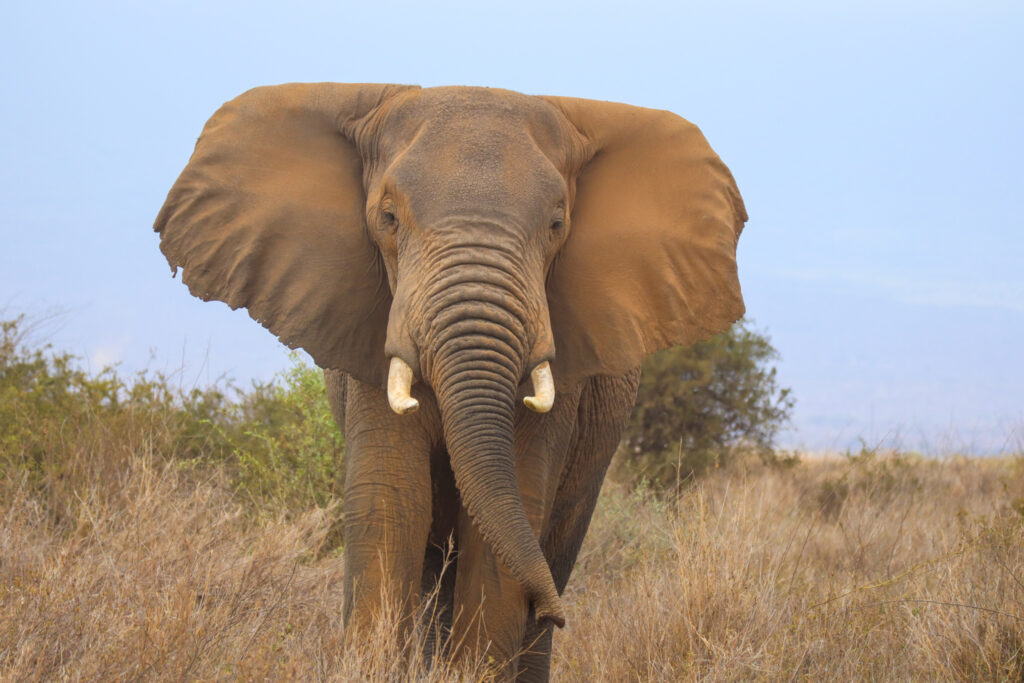
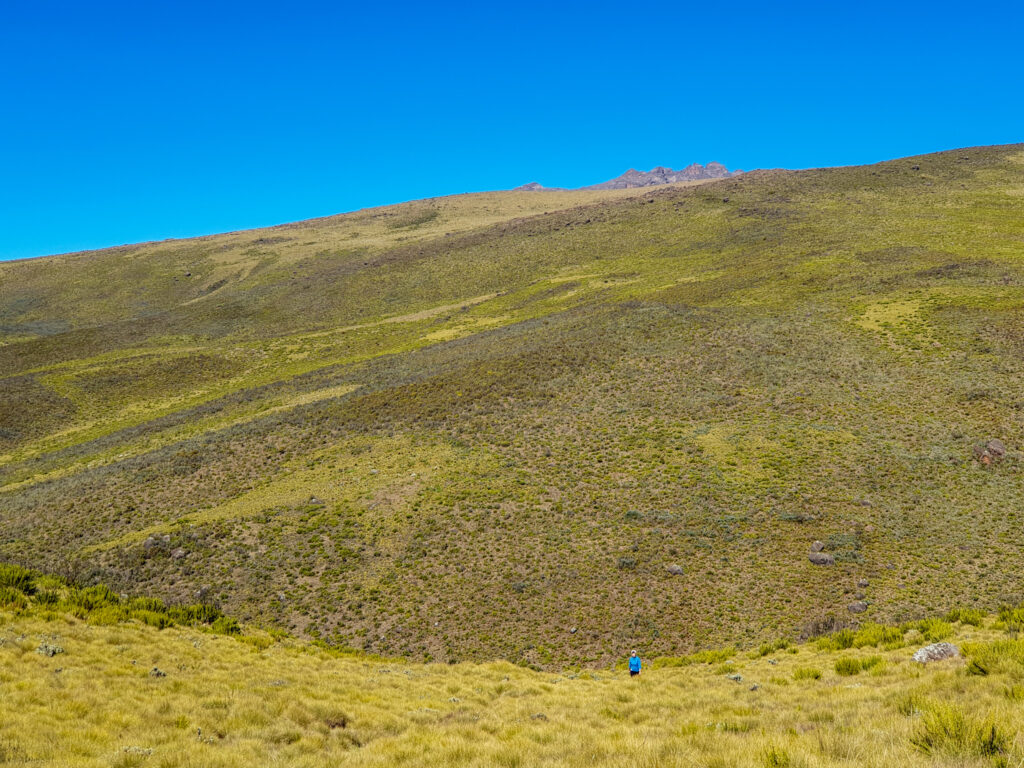
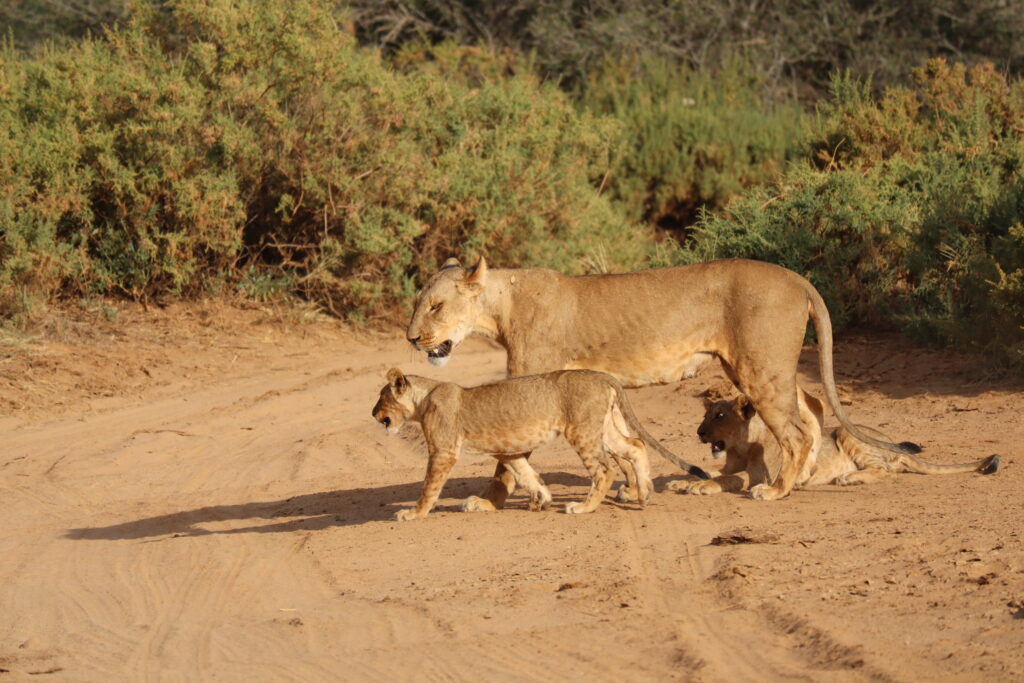

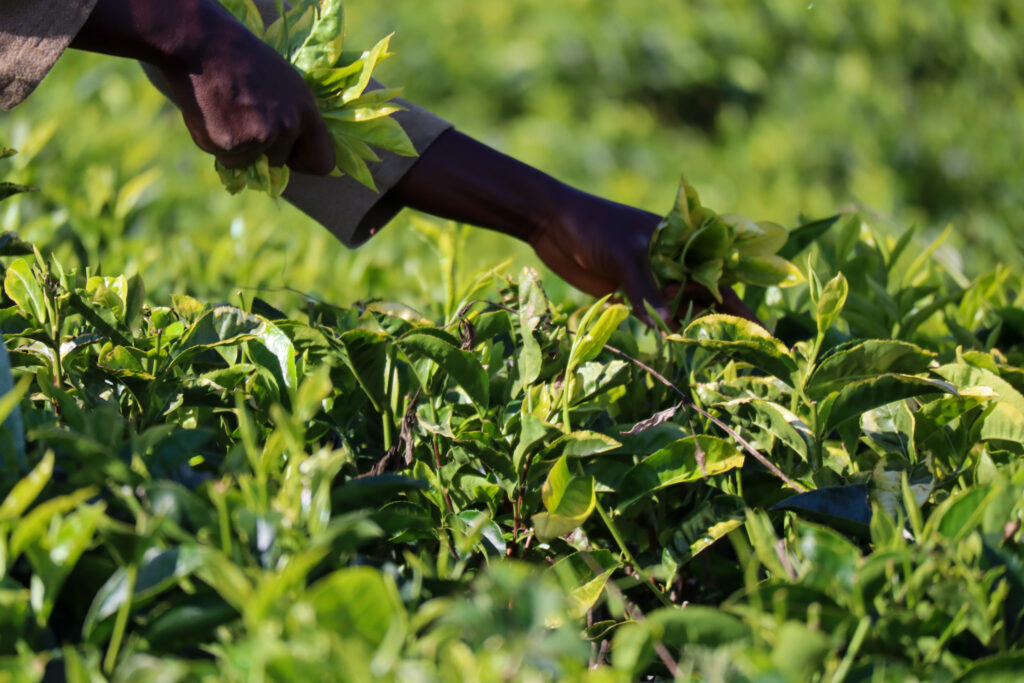

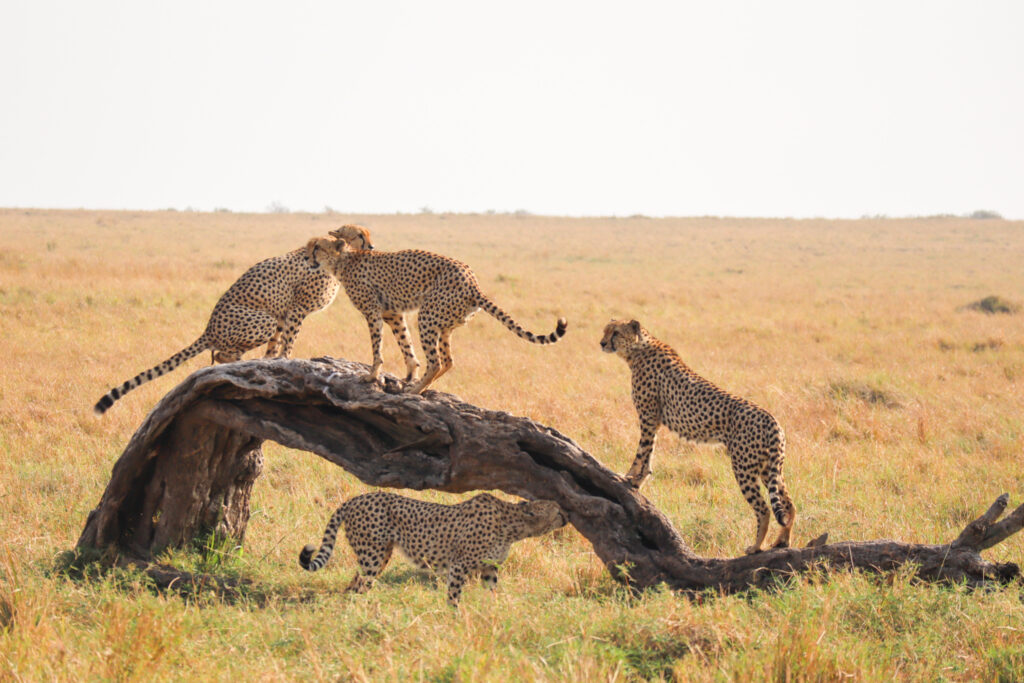

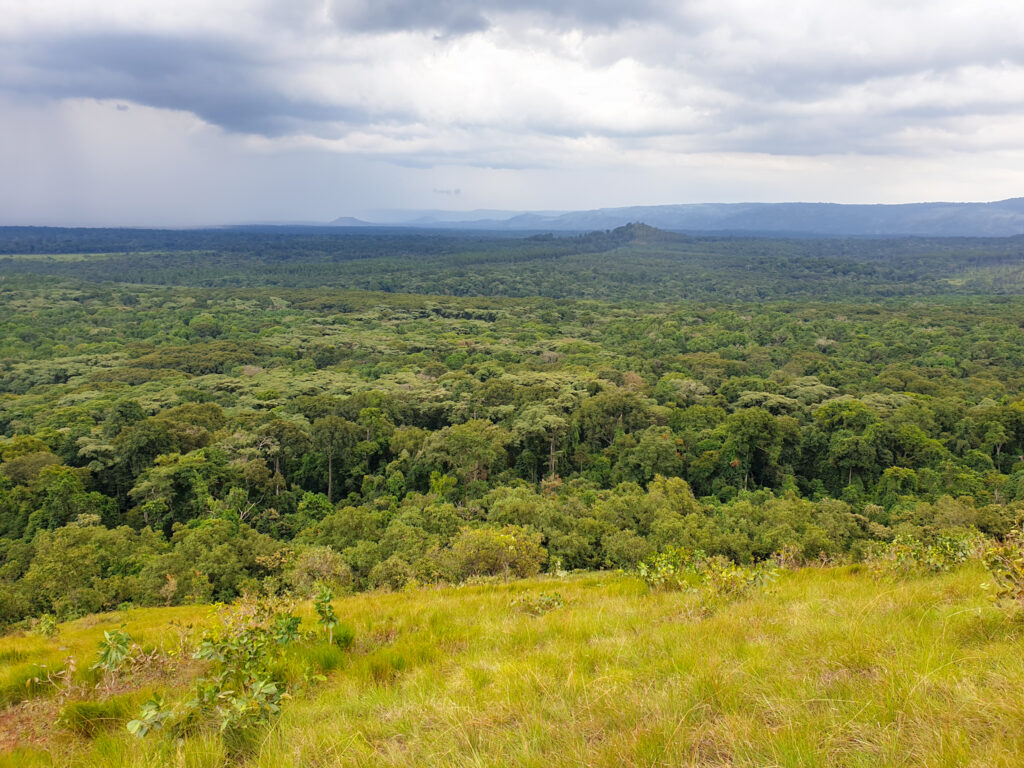
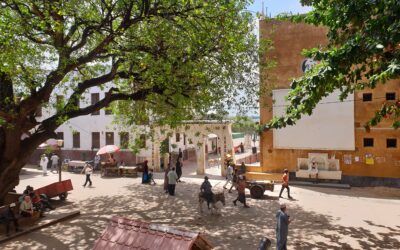
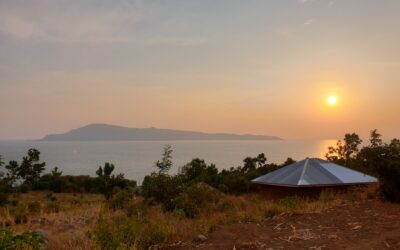
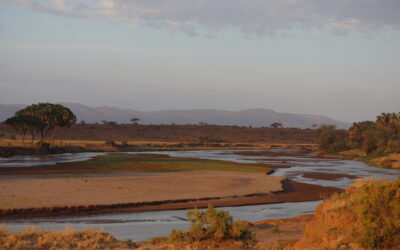
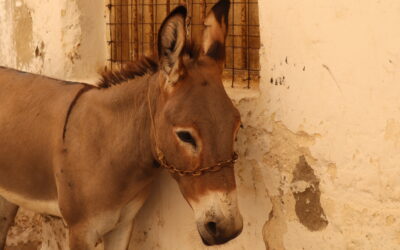
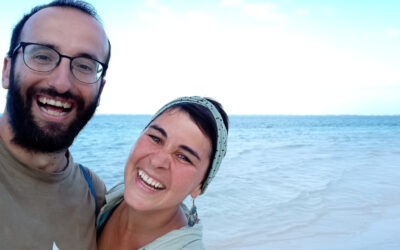
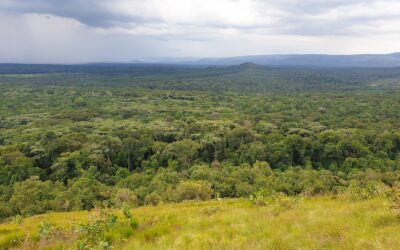
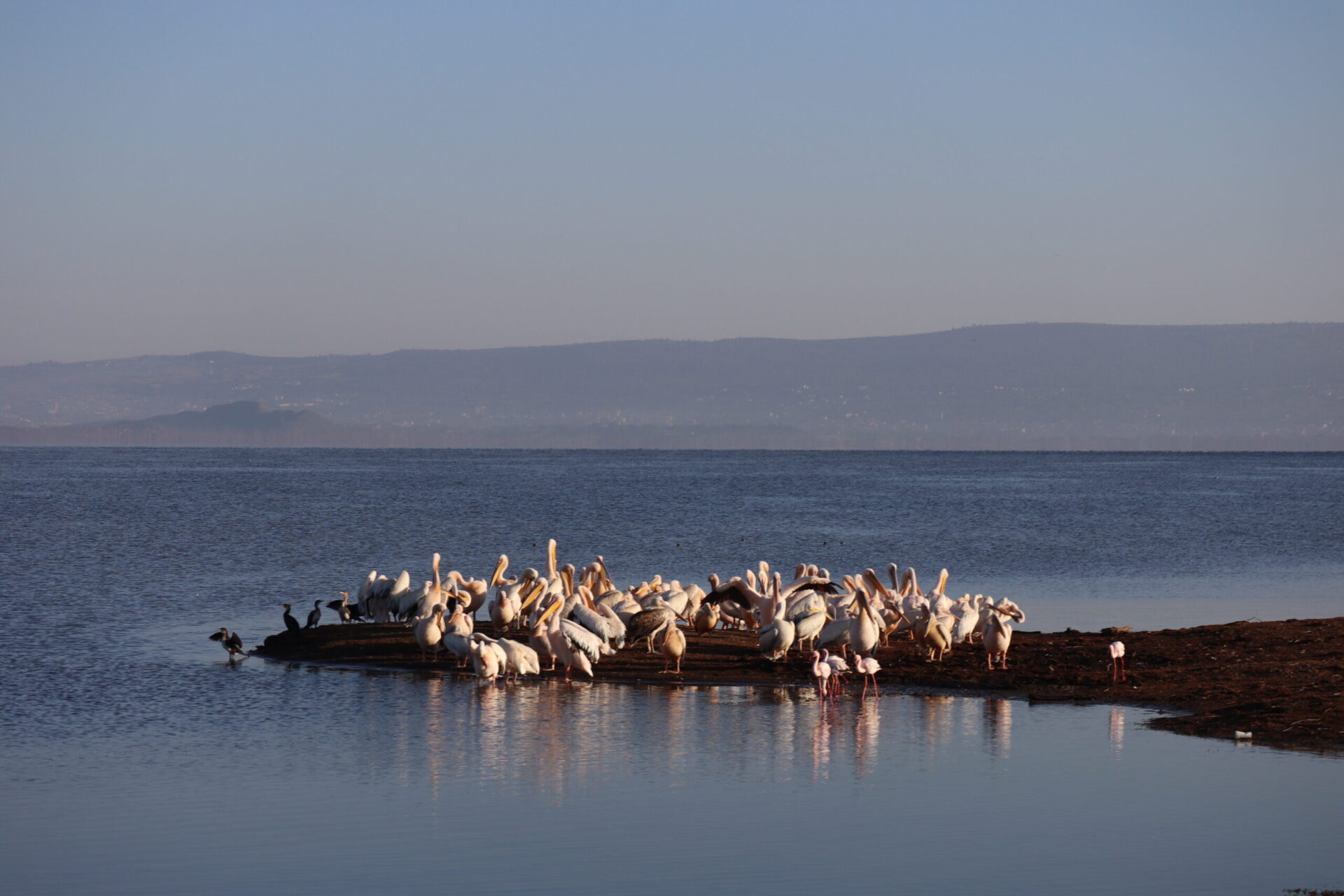
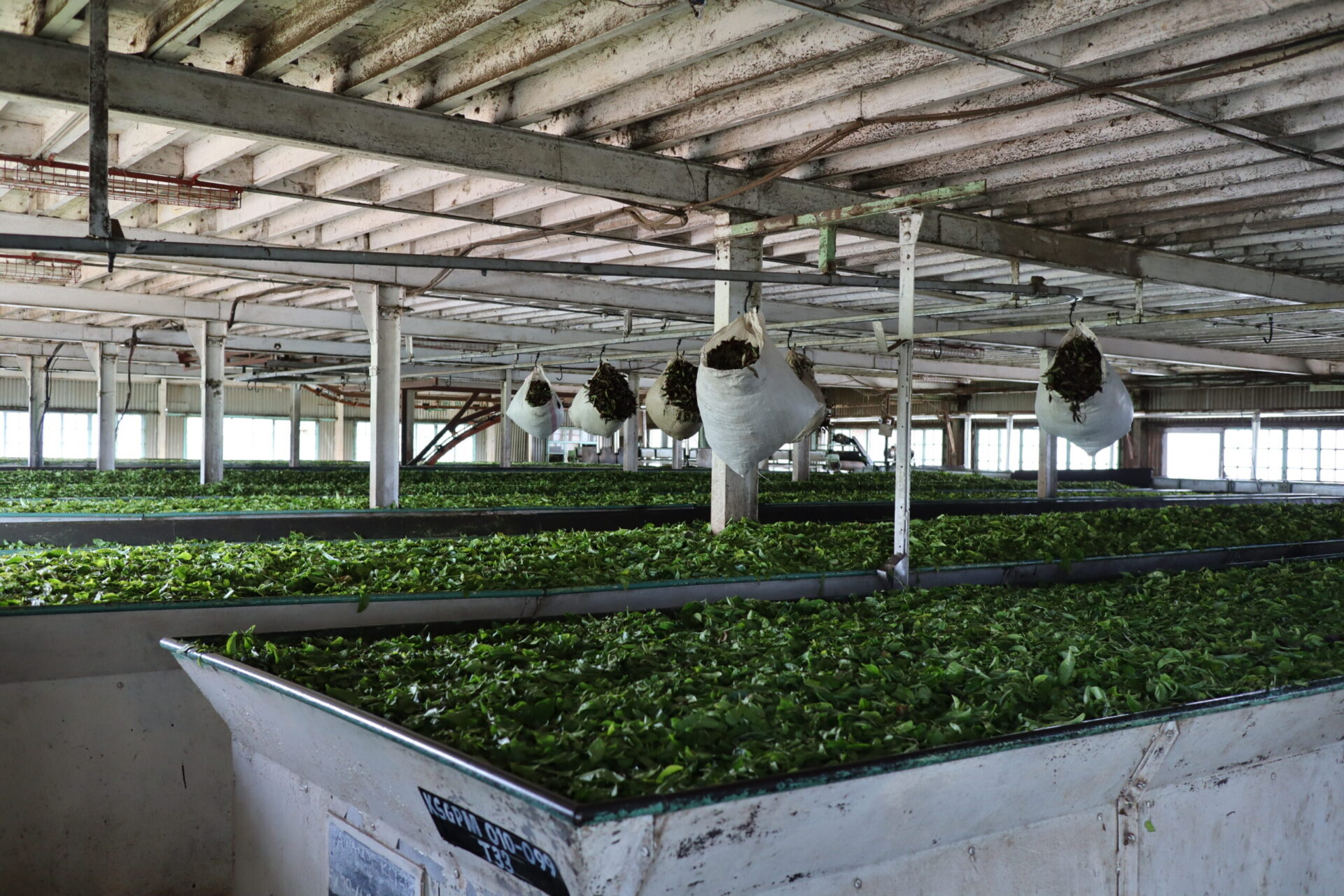
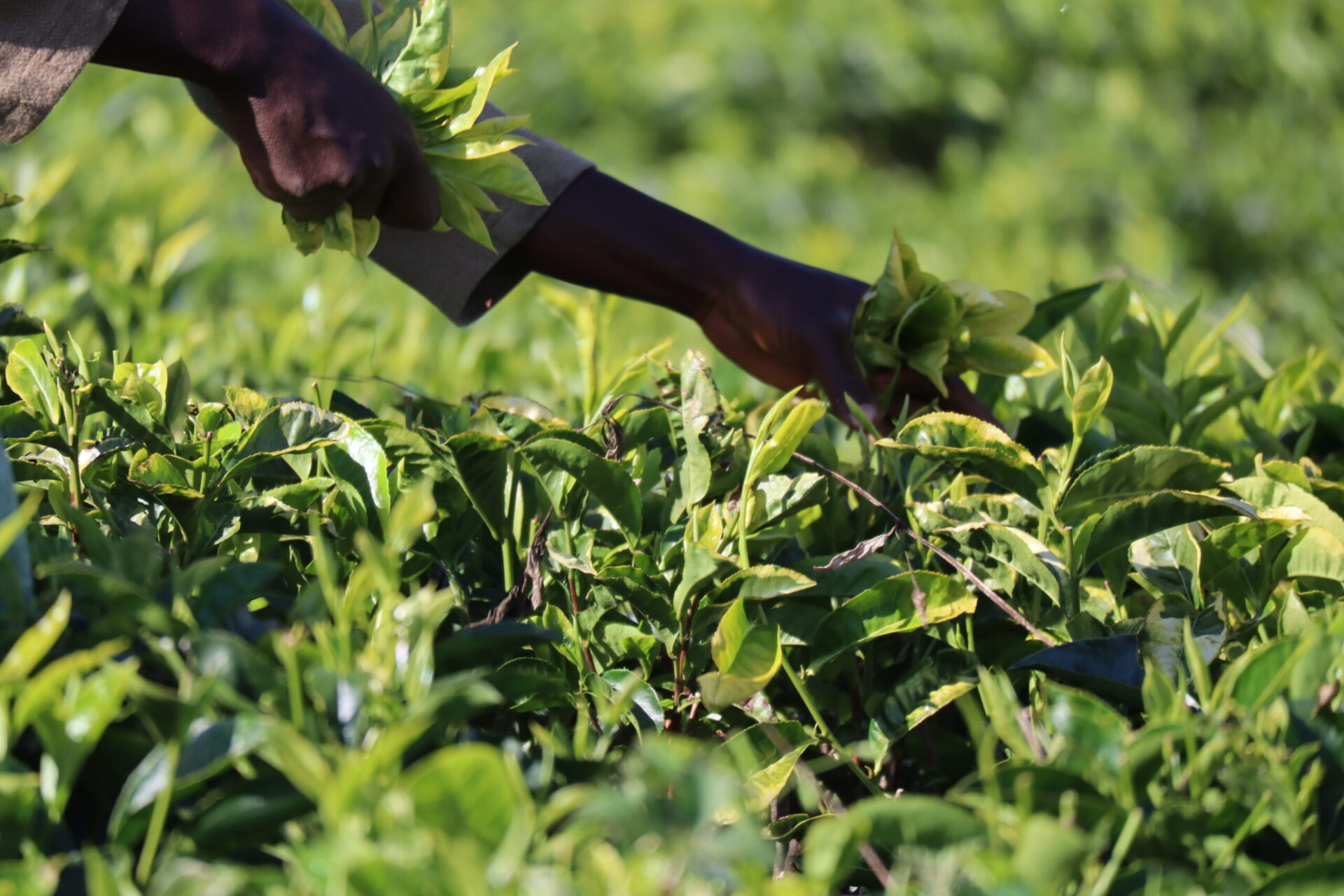
0 Comments